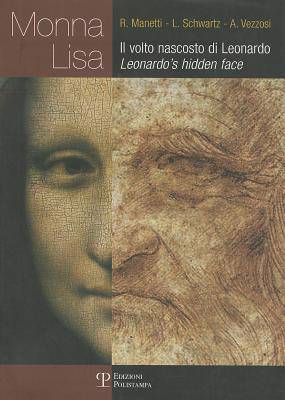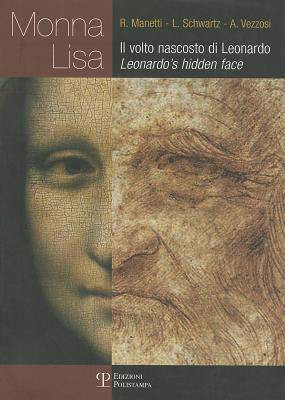
- Retrait gratuit dans votre magasin Club
- 7.000.000 titres dans notre catalogue
- Payer en toute sécurité
- Toujours un magasin près de chez vous
- Retrait gratuit dans votre magasin Club
- 7.000.0000 titres dans notre catalogue
- Payer en toute sécurité
- Toujours un magasin près de chez vous
39,45 €
+ 78 points
Description
In this book there are collected the three theories about the most studied and famous painting in history, Leonardo's Gioconda, expressed during a round table within the event Genio Fiorentino 2006 [Florentine Genius 2006], promoted by the Province of Florence and entitled Mona Lisa: The Hidden Face of Leonardo . The three authors offer new interpretations of this masterpiece: Schwartz and Manetti's theories are based on the firm belief that Mona Lisa is the idealized self portrait of Leonardo; Vezzosi claims that Mona Lisa does not represent Francesco Del Giocondo's wife, which is contrary to what most of Leonardo's experts believe. Lillian Schwartz supplies convincing facts to support her theories: the image under the painting revealed by the X-rays shows a different face from the one that appears on the surface. On the original face, perhaps the portrait of a real woman, Leonardo would have imprinted the actual features until he obtained the painting we know today. What Lillian does not explain is why Leonardo would have done this. Manetti's hypothesis supplies an answer to this question, thus strengthening Schwartz's research. Manetti believes in fact that Mona Lisa, initially conceived as a real portrait, ended up in an ideal image, the iconic talisman of Leonardo's hidden face, the guiding spirit which the stilnovista tradition allegorically represented with the female angel and, therefore, with the feminine nature. Alessandro Vezzosi expresses the prudent opinion of the academic world that demands proof more solid than those offered by the computer. But with his text he provides us with a fascinating and attentive explanation of the Gioconda's history. This book, through the reading and confrontation of these three brief essays, offers itself to the judgment and the close examination of the readers. Testi in italiano e inglese / Italian and English texts.
Spécifications
Parties prenantes
- Auteur(s) :
- Editeur:
Contenu
- Nombre de pages :
- 152
- Langue:
- Anglais, Italien
Caractéristiques
- EAN:
- 9788859602583
- Date de parution :
- 31-12-07
- Format:
- Livre broché
- Format numérique:
- Trade paperback (VS)
- Dimensions :
- 168 mm x 236 mm
- Poids :
- 498 g

Les avis
Nous publions uniquement les avis qui respectent les conditions requises. Consultez nos conditions pour les avis.






